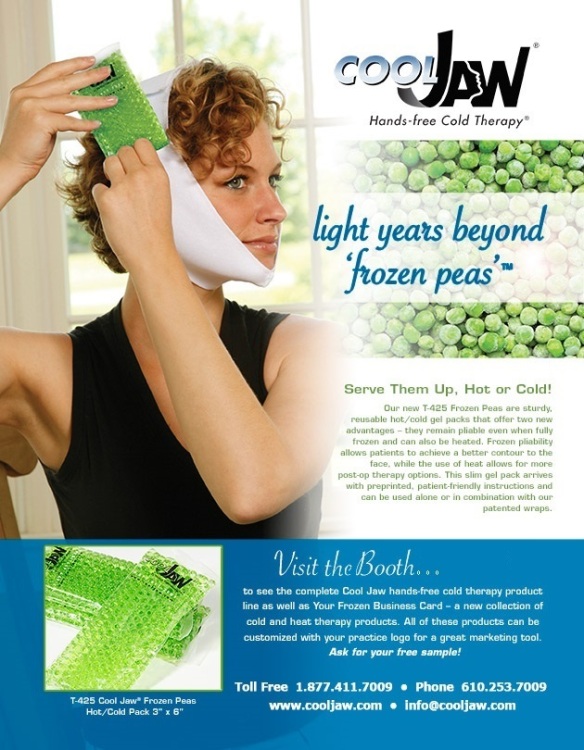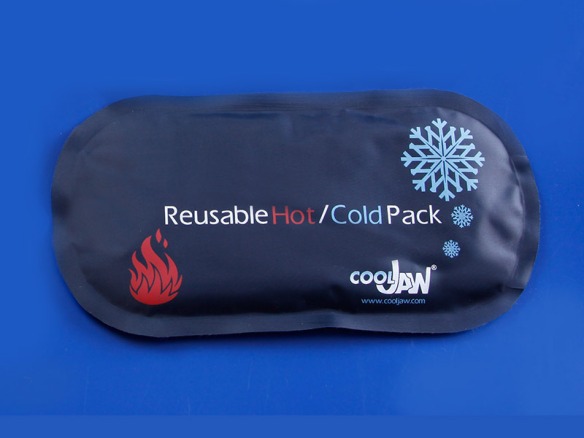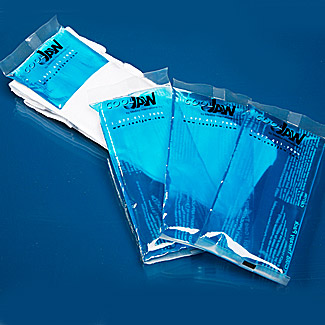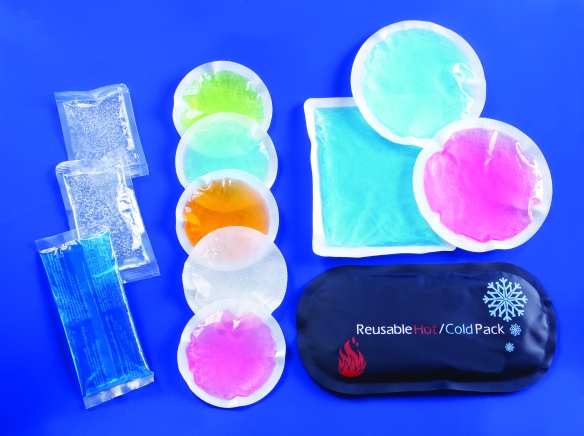RICE is a mnemonic device for a treatment method for soft tissue injuries which is an acronym for: REST…..ICE……COMPRESSION…. and……… ELEVATION.
RICE , immediate first aid management of an injury, the popular and traditional method of rehabilitation is considered a first-aid treatment, rather than a cure for soft tissue injuries. When used appropriately, recovery duration is usually shortened and discomfort and internal bleeding can be minimized.
Rest– Without rest, continual strain is placed on the affected area, leading to increased inflammation, pain, and possible further injury. Some soft tissue injuries will take longer to heal without rest, as well as, a risk of abnormal repair or chronic inflammation resulting from a failure to rest. In general, the period of rest should be long enough that the patient’s normal ability to function is restored and pain has subsided.
Ice– Swelling and inflammation can occur when body parts are injured or when patients undergo surgery. Either event can lead to the body’s collagen — a basic building material of tendons, ligaments and muscles — to stretch, and stretch too far. When such stretching of collagen causes tearing, blood vessels also can be torn, with blood cells and fluid entering muscle fibers and forming a bruised or swollen area. Applying cold to inflamed or swollen areas can decrease such activity by slowing metabolism, and the body’s release of chemicals which can lead to the inflammation and pain. Cold therapy or cryotherapy can also lessen cell activity, which then decreases internal bleeding and swelling.
Compression– Applied pressure aims to reduce the edematous swelling that results from the inflammatory process. Yes, swelling is inevitable, but too much swelling results in significant loss of function, excessive pain and eventual slowing of blood flow through vessel restriction.
An elastic compression, like that found in compression wear or latex free cloth wraps, rather than a firm plastic bandage (such as zinc-oxide tape) is required. Binding or usage of a tight, non-elastic bandage will result in reduction of adequate blood flow, potentially causing ischemia. The fit to post operative garments or recovery aids should be snug so as to not move freely, while still allow expansion for when muscles contract and fill with blood.
Elevation-Elevation aims to reduce swelling by increasing venous return of blood to the systemic circulation. This will not only result in less edema, but also aid in flushing waste product removal from the area.






